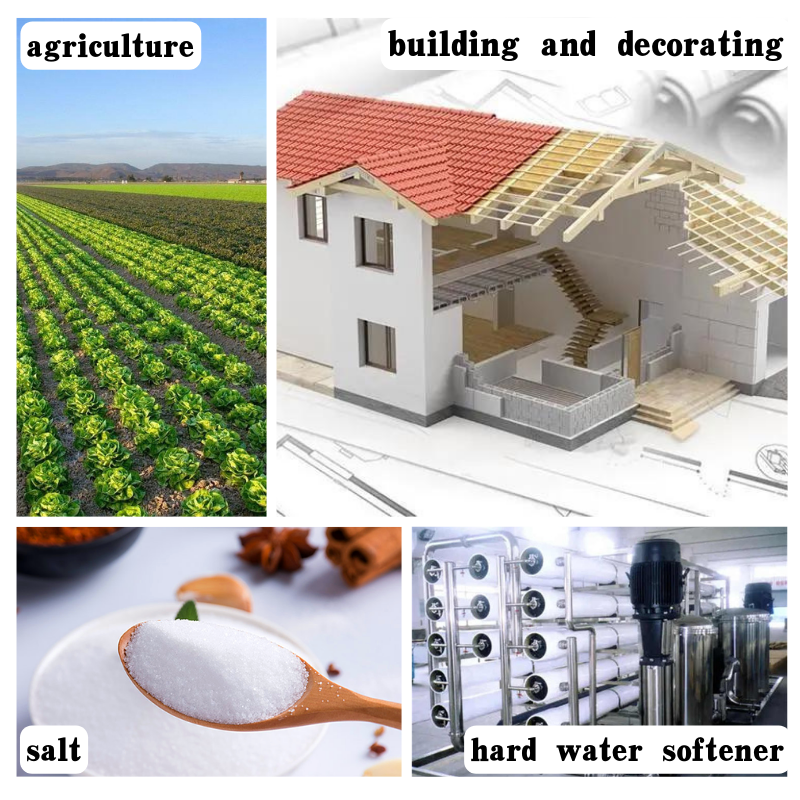
Volcanic Pumice Stone Manufacturing Plant for Eco-Friendly Construction Materials
The Volcanic Pumice Stone Factory A Blend of Nature and Industry
Nestled within the breathtaking landscapes shaped by ancient volcanic activities, the volcanic pumice stone factory stands as a testament to nature's power and versatility. Pumice, the light and porous volcanic rock formed during explosive eruptions, has found its way into various industries, from construction to personal care. This article delves into the fascinating process of pumice extraction and production, its applications, and the sustainable practices adopted by modern factories.
Understanding Pumice Stone
Pumice is created when volcanic gases escape from magma during an eruption, causing the lava to froth and solidify into a lightweight, porous stone. It is characterized by its unique texture, low density, and high abrasiveness, making it ideal for various applications. Pumice stone is primarily composed of silica and is often light grey or beige in color, though it can also appear in a range of shades depending on its mineral content.
The Extraction Process
The journey of pumice from its natural state to a finished product begins in the heart of volcanic regions. Factories typically source pumice from volcanic deposits through a careful extraction process. Workers use specialized machinery to safely quarry the pumice, ensuring minimal disruption to the surrounding environment. The extracted rocks are then transported to the factory for processing.
At the factory, the pumice is sorted, crushed, and screened to achieve the desired particle size. This process is meticulously planned, as different applications require different grades of pumice. The finely crushed pumice can be used in cosmetics and personal care products, while coarser grades are employed in construction materials, horticulture, and industrial applications.
Applications of Pumice Stone
volcanic pumice stone factory

The versatility of pumice stone is a key reason for its widespread use across various industries. In the construction sector, pumice is valued for its lightweight properties, making it an excellent aggregate for concrete production. Pumice concrete is not only durable but also offers excellent thermal and acoustic insulation.
In horticulture, pumice serves as an ideal soil amendment. Its porous structure enhances aeration and drainage, promoting healthy root development in plants. Gardeners and landscapers often mix pumice into potting soils to improve moisture retention and reduce compaction.
Additionally, pumice stone has gained popularity in personal care products. It is often used as an exfoliant in scrubs and soaps, thanks to its abrasive qualities. Moreover, pumice stones are commonly employed for callus removal and foot care, providing a natural and effective solution for maintaining smooth skin.
Sustainability Practices
As the demand for pumice stone continues to rise, many factories are adopting sustainable practices to ensure the longevity of their operations and the environment. One of the primary concerns in pumice extraction is the potential for habitat destruction. To mitigate this, forward-thinking factories conduct environmental impact assessments before commencing operations. They implement responsible quarrying techniques, often restoring landscapes after extraction.
Recycling pumice waste is another strategy employed by sustainable factories. The by-products generated during the crushing and sorting processes can be repurposed for use in various applications, reducing waste and promoting a circular economy.
Conclusion
The volcanic pumice stone factory is a remarkable fusion of nature and industry, bridging the gap between geological wonders and human ingenuity. As more industries recognize the benefits of pumice stone, the factory is poised to play a crucial role in sustainable practices. By emphasizing responsible extraction and innovative applications, the pumice stone industry can continue to thrive while respecting the natural world from which it originates. In an era where sustainability is paramount, the volcanic pumice stone factory stands as a shining example of how we can harness nature's gifts responsibly and effectively.
Share
-
Premium Talcum Powder Enhanced with GPT-4 Turbo | Soft & Long-LastingNewsAug.02,2025
-
Fly Ash Solutions Enhanced by GPT-4 Turbo | Sustainable InnovationNewsAug.01,2025
-
Natural Premium Bentonite Cat Litter - Superior ClumpingNewsJul.31,2025
-
Premium Resin Coated Sand - High Heat Resistance CastingNewsJul.31,2025
-
High Quality Silicon Carbide Grit for Abrasive ApplicationsNewsJul.30,2025
-
High-Quality Ceramsite for Plants & Gardening | Lightweight PebblesNewsJul.29,2025






